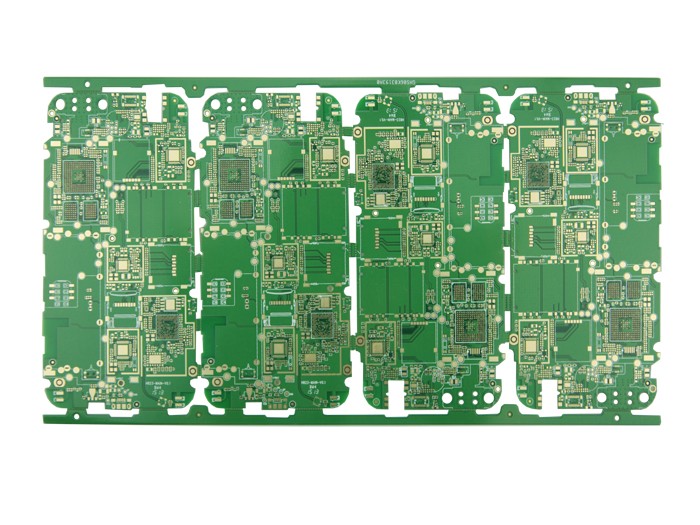Printed circuit boards(PCB circuit boards), also known as printed circuit boards, are providers of electrical connections for electronic components. Its development has a history of more than 100 years; its design is mainly layout design; the main advantage of using circuit boards is to greatly reduce wiring and assembly errors, and improve the level of automation and production labor rate.

According to the number of circuit boards, it can be divided into single-sided boards, double-sided boards, four-layer boards, six-layer boards and other multilayer circuit boards.
Since the printed circuit board is not a general terminal product, the definition of the name is a little confusing. For example, the motherboard used in personal computers is called the main board, and cannot be directly called the circuit board. Although there are circuit boards in the main board, They are not the same, so when evaluating the industry, the two are related but cannot be said to be the same. Another example: because there are integrated circuit parts mounted on the circuit board, the news media call it an IC board, but in fact it is not the same as a printed circuit board. We usually say that the printed circuit board refers to the bare board-that is, the circuit board without upper components.
History of printed circuit boards
Before the advent of printed circuit boards, the interconnection between electronic components relied on the direct connection of wires to form a complete circuit. In the contemporary era, the circuit panel only exists as an effective experimental tool, and the printed circuit board has become an absolute dominant position in the electronics industry.
At the beginning of the 20th century, in order to simplify the production of electronic equipment, reduce the wiring between electronic parts, and reduce production costs, people began to delve into the method of replacing wiring with printing. Over the past 30 years, engineers have repeatedly proposed to use metal conductors for wiring on insulated substrates. The most successful was in 1925, Charles Ducas of the United States printed circuit patterns on an insulating substrate, and then used electroplating to successfully establish conductors for wiring.
Until 1936, Austrian Paul Eisler (Paul Eisler) published the foil film technology in the United Kingdom, he used a printed circuit board in a radio device; and in Japan, Miyamoto Yoshinosuke used the spray-attached wiring method "メタリコンWiring method (Patent No. 119384)" successfully applied for a patent. Of the two, Paul Eisler’s method is the most similar to today’s printed circuit boards. This type of method is called subtraction, which removes unnecessary metal; while Charles Ducas and Miyamoto Kinosuke’s method is to add only what is needed. The wiring is called the additive method. Even so, because the electronic components at that time generated a lot of heat, the substrates of the two were difficult to use together, so there was no formal practical use, but it also made the printed circuit technology further.
Printed circuit board development
In the past ten years, my country's printed circuit board (PCB) manufacturing industry has developed rapidly, and its total output value and total output have both ranked first in the world. Due to the rapid development of electronic products, price wars have changed the structure of the supply chain. China has both industrial distribution, cost and market advantages, and has become the world's most important printed circuit board production base.
Printed circuit boards have developed from single-layer to double-sided boards, multilayer boards and flexible boards, and continue to develop in the direction of high precision, high density and high reliability. Continuously shrinking volume, reducing costs, and improving performance have enabled printed circuit boards to maintain strong vitality in the development of electronic products in the future.
The development trend of future printed circuit board manufacturing technology is to develop in the direction of high density, high precision, fine aperture, fine wire, small pitch, high reliability, multilayer, high-speed transmission, light weight, and thinness in performance.